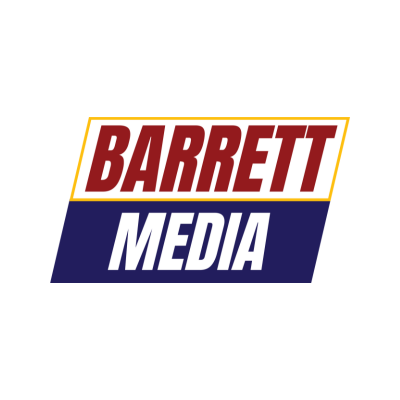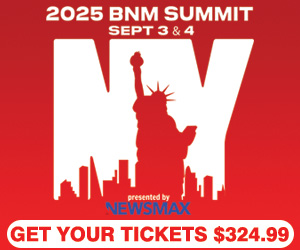The National Basketball Association agreed to 11-year media rights deals with The Walt Disney Company (ESPN/ABC), NBCUniversal (NBC/Peacock) and Amazon (Prime Video) reportedly worth a collective $77 billion. These deals, which begin with the 2025-26 season, ensures that the league continues its widespread dissemination through a variety of broadcast, cable and digital verticals. NBA Commissioner Adam Silver was involved in the negotiations for these contracts and expressed within the announcement that the partners would help “transform the fan experience over the next decade.” Leading up to the media rights deal, Silver had acknowledged the growth of streaming and the league’s desire to add a partner in the space.
The ongoing media rights deal with The Walt Disney Company (ESPN/ABC) and Warner Bros. Discovery (TNT/TBS) was signed in the early stages of streaming growth, but throughout the deal, the viewing functionality has augmented in popularity and engagement. In the last several years, the pay TV penetration rate has declined with a paradigm of cord cutting taking shape around the United States, resulting in approximately 55 million U.S. households still paying for traditional television. The annual decline, which equates to over 7% according to data from MoffetNathanson, has precipitated alterations in the sports media ecosystem as the programming attains high ratings and viewership.
Amazon’s Prime Video has been making inroads in the sports media business for several years, underscored by the success of its Thursday Night Football package with the National Football League. These game broadcasts averaged 11.86 million viewers in its sophomore season on Prime Video, a 24% year-over-year increase, and the platform is preparing to broadcast an exclusive NFL playoff game for the first time next season.
In addition to the NFL, Amazon’s Prime Video also broadcasts WNBA games, select New York Yankees contests and has premiered several acclaimed sports documentaries. Streaming accounted for 40.3% of total day television viewership among Persons 2+ in the month of June, according to data from Nielsen Media Research, its highest share of television usage in the history of the company’s Gauge report.
“[To] begin with Amazon Prime, I think it has 200 million subscribers globally, well over 100 million in the United States,” Silver said during an interview on the CNBC Squawk Box program Friday. “Peacock has a huge push to grow through sports, and of course ESPN is ESPN, and I think that the accessibility and reach now of streaming service far exceeds traditional cable, and then there’s broadcast, and broadcast television, of course with NBC, is still critically important. In fact in this deal, we’re going from 15 regular-season broadcast exposures to 75 in the United States, and cable’s not going anywhere any time soon.”
Streamlining the location to find game broadcasts within the NBA App was an important point for the league to which all three partners agreed. Being in the New York metropolitan area, Silver finds that he almost needs to search which networks are broadcasting different sporting events because of the amount of providers.
Warner Bros. Discovery, which broadcasts games primarily on TNT and are available to stream on Max, is not a part of the next media rights deal despite exercising a matching rights provision in its existing deal. The league declined its entreaty to match Amazon’s offer, which was reportedly worth a total of $1.9 billion for NBA and WNBA rights, thus officially awarding the rights to the third party.
Warner Bros. Discovery and the Turner Broadcasting System has filed a lawsuit against the NBA claiming breach of contract and seeking preliminary and permanent injunctive relief to prevent the licensing of these rights to any third party. Should this injunctive or equitable relief not be granted or deemed insufficient, the company looks for remedy in the form of monetary damages.
Silver is unable to comment on the pending litigation, but he was asked about the statement released by Charles Barkley in which he articulated, “It’s a sad day when owners and commissioners choose money over the fans.” While Silver pointed out that Barkley did not say that but rather expressed it in a statement, he did not believe it was a fair comment to disseminate.
“Of course the economics are a component, and 50% goes to the players as Charles well knows, but reach and accessibility, discoverability are critical issues as well, and so we look for an intersection of all those issues,” Silver explained. “But as I said particularly for our young fans and the morphing of all fans to streaming, that was a critical component of these deals, as well as our ability to reach more people through traditional broadcast television.”
The WNBA is included within the NBA media rights deal and will reportedly receive $2.2 billion over the 11-year term. Yet there are additional programming deals the league can negotiate as well, along with a reported ability to reevaluate the cost of rights after the 2028 season. Silver believes that the league is at an inflection point with the new media deal representing an approximate six times increase. At the same time, he reflected on how far the league has come in its 28 years of existence, explaining that it is not just an overnight sensation with the emergence of Indiana Fever rookie Caitlin Clark.
“I remember in the early days of the WNBA sitting with Val Ackerman, the original president of the WNBA, [and] of course David Stern, and we’d be talking to media members practically begging for coverage, and in those days, the media truly were the gatekeepers of coverage and the internet didn’t just disrupt virtually every industry that you and I can think of,” Silver said, “but what it did in terms of the sports industry is it democratized it in many ways, and now fans – and they’re not just women who are fans of women’s basketball – but people can demand what they want.”




